Testing engineers, with their comprehensive training in all aspects of fibre technology, are skilled and highly adaptable. They are at the forefront of technology, constantly adjusting to network changes and efficiently troubleshooting fibre optic networks.
Network testing engineers, proficient in various specialist test equipment, demonstrate their technical competence. They are adept at understanding the test results presented to them by the tester.
Over the years, we have seen the industry change to have testing specialists in remote areas rather than on the ground where they are most needed. Testing has been simplified, cutting out the skill required and expecting field technicians to operate specialist test equipment without understanding the results presented to them from the machines.
This lack of understanding can lead to significant issues on fibre optic networks, resulting in deployment delays and potentially affecting the end customer’s connection to the network.
How to become a network testing engineer
To become a network testing engineer, an individual should be proficient in fibre optic technologies. This can take years of experience to achieve, and the individual must understand the network and the applications running over it.
So, to become a fibre network testing engineer, you must have experience with the network and its applications. The individual must also know how to perform link loss calculations and confirm these with the planning team, who usually do these before deployment.
Some of the critical skills required include:
- A good understanding of network diagrams
- A good understanding of fibre types
- Exceptional knowledge of link loss budgets
- How to correctly set up and test using insertion loss test equipment, including OLTS
- Interpret insertion loss results
- How to correctly clean and inspect fibre end-faces
- How to correctly set up an ODTR tester. Range, Duration, Pulse width, launch and tail leads
- How to correctly interpret OTDR traces
- Perform bidirectional loss
- Perform bidirectional OTDR traces
- Perform Optical return loss
- Perform chromatic dispersion testing
- Interpret chromatic dispersion results
- Perform polarisation mode dispersion (PMD) testing
- Calculate PMD to ensure high-capacity circuits can carry the data efficiently
- A good understanding of industry standards like IEC specifications.
- Perform spectral attenuation testing
- Analyse spectral attenuation results

So, as you can see, it is not just about switching on a tester by pressing auto-configuration and hoping for a green tick; you need to understand the information presented to you by the machine. This job is not for the impatient or those who overlook details. It requires patience, attention to detail, and a deep understanding of the technology.

Depending on the network type, telecommunications or data communications will depend on the type of equipment used to test the network. The main leading manufacturers include:
- Viavi Solutions
- Exfo
- Fluke Networks (mainly data communications)
- Anritsu
- AFL
All manufacturers have a range of solutions for both types of networks, from essential optical light sources and power meters to optical Loop Test Sets (OLTS), Video inspection probes for inspecting the connectors on the end of fibres, Optical Time Domain Reflectometers (OTDR), and more specialist equipment like Chromatic Dispersion and Polarisation Mode Dispersion (CD/PMD) and spectral attenuation.Other equipment includes ethernet testing from 1Gbps through to 100 Gbps channels, 100 billion bits of information being transmitted down a single core of a fibre strand and beyond, an optical spectrum analyser (OSA) used in WDM networks for balancing channels/ frequencies, and more.
All these types of equipment require specialist training, and every manufacturer has a different flavour.
The amount of information transmitted over a single strand can be terabits, and the amount it can carry depends on the transmitter and receiver, but it is ultimately infinite.
When we look at an OTDR, we need to set it up correctly and follow the correct testing procedure. By this, we mean testing from point A to point B and vice versa, from point B to point A. This can be time-consuming, especially when setting the pulse width and the distance, as we want enough light to reach the end. Using a high pulse width will increase the range but will often miss critical events, so it’s very important to do this correctly.
How do OTDRs work?
OTDRs work by sending pulses of light down the fibre core. If they detect an impurity or an event, they return a reflection and use time to calculate the distance to the event. The OTDR can identify events like connectors, splice loss, bends, macro bends, and gainers, two different fibre types. These can be confirmed by carrying out bidirectional testing. If the index of refraction is set up correctly, the OTDR is very accurate. If not, it can be out by many meters, which could be costly if a civil engineering dig is required.
Modern OTDRs can also perform Optical Return Loss (ORL), and many new machines have a GUI interface that allows the operator to view a simplistic view instead of a graph or an event table.
Fibre Hygiene & Inspection
Fibre hygiene, which refers to the cleanliness and maintenance of the fibres, is paramount in network testing. You should inspect fibres before testing, especially test leads. 90% of network faults are caused by contamination of the end faces, which can lead to pitting and scratches on the connectors. Using a video inspection probe can identify issues on the connector face. A micron of dust can add profound loss to the circuit, which has not been accounted for in the optical budget, so inspect before you connect.
Why network testing engineers need to be trained
Fibre Optic Network Testing Engineers need to be trained correctly and not just watch a help video; they need to operate proficiently and be able to test a variety of networks. They must fully understand how to manage the test equipment and how to analyse test results presented to them. This is not a job where you can rely on basic knowledge or a quick tutorial. Becoming a proficient network testing engineer takes time, dedication, and a commitment to continuous learning.


